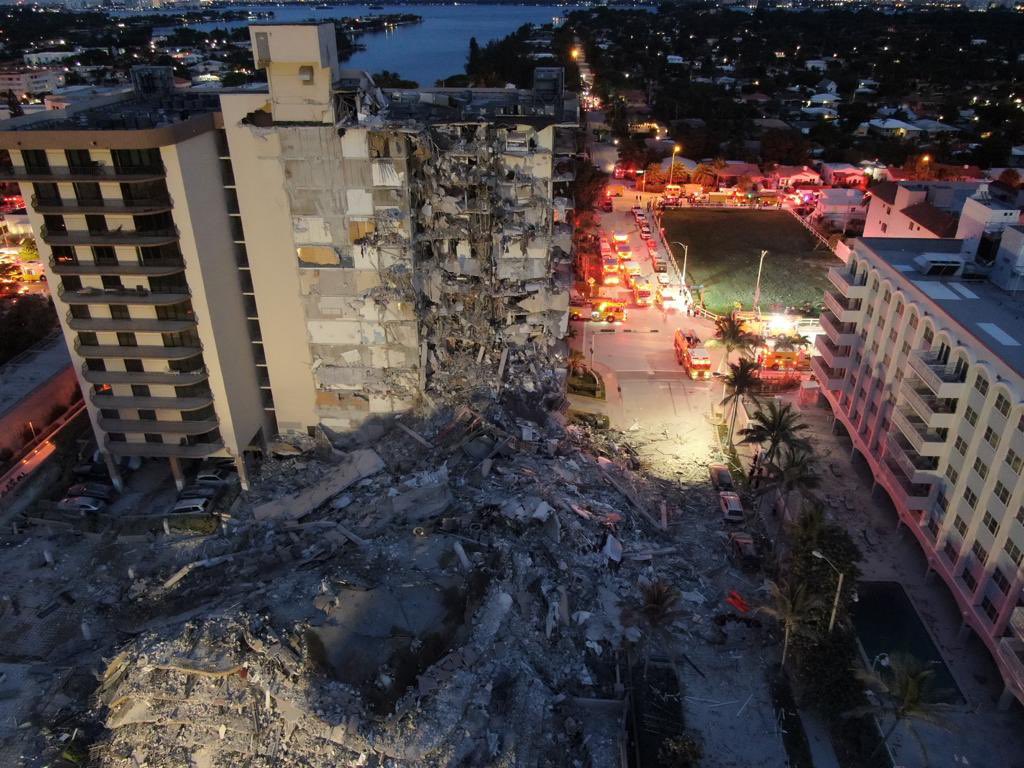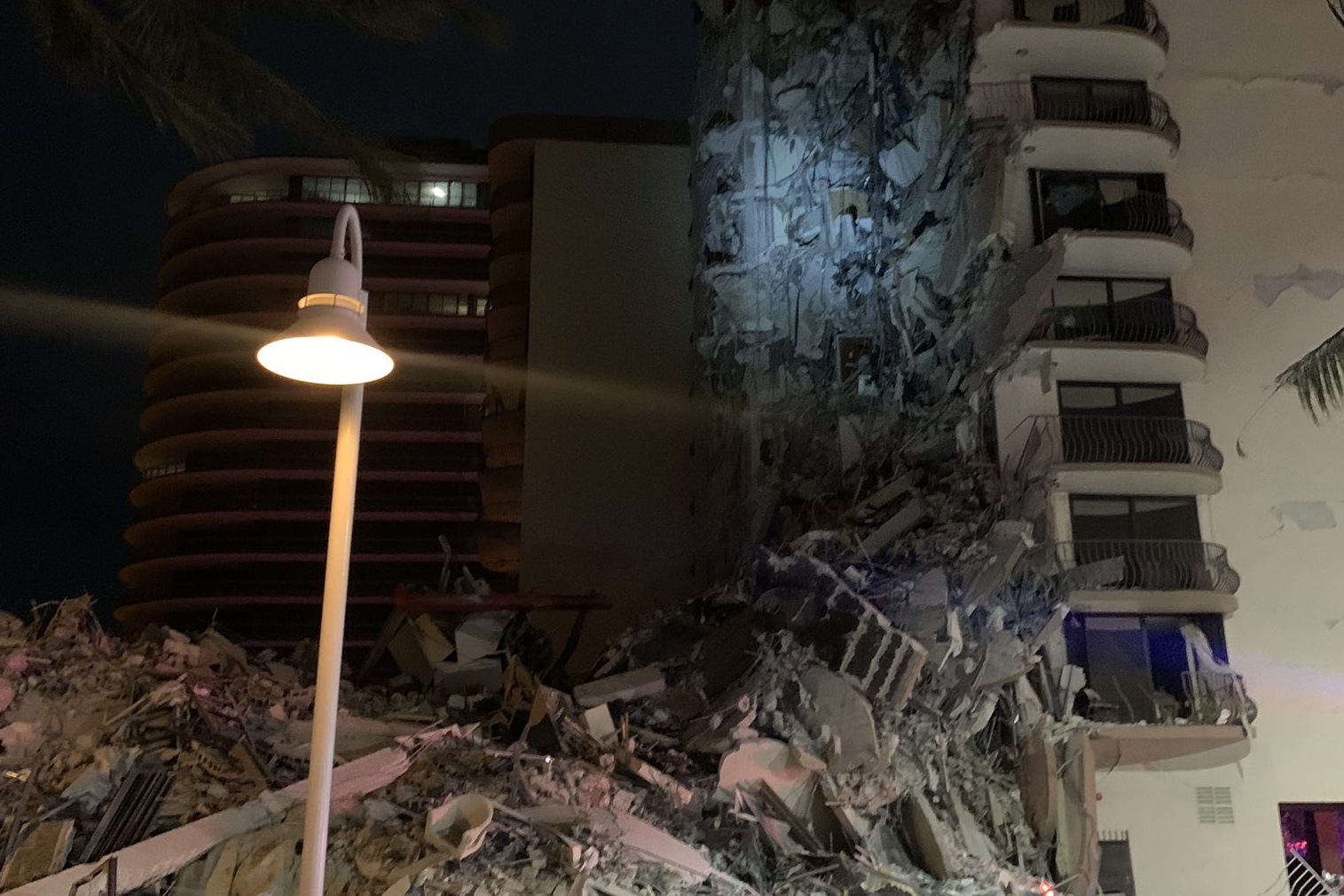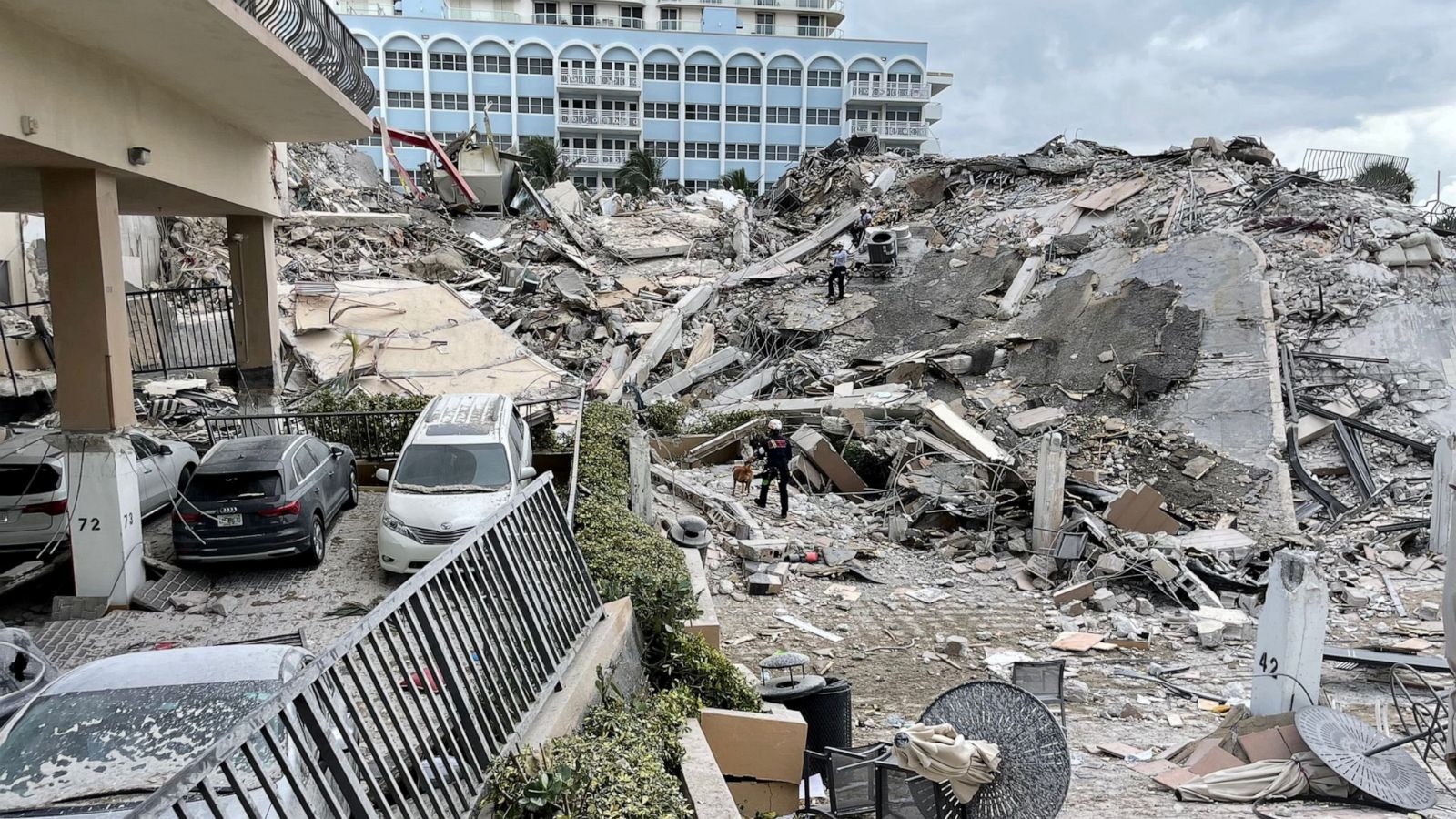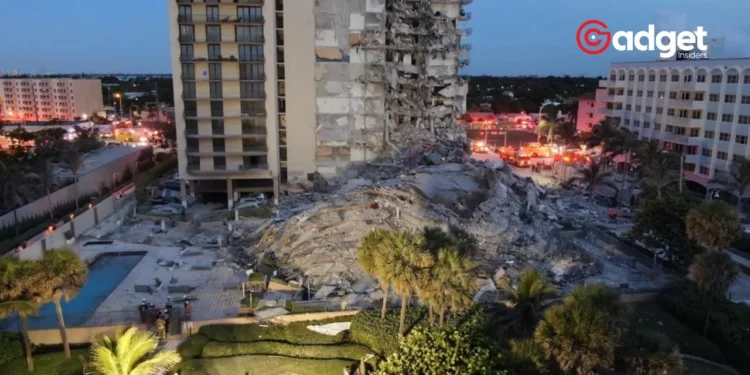In what can only be described as a scene straight out of a movie, Miami became the stage for an extraordinary event that captured the attention of residents, businesses, and law enforcement alike. The central character, a 38-year-old man named Richard Smith, embarked on a mission that not only disrupted the city’s pulse but also left many questioning the bounds of human behavior and technology’s vulnerable intersections.

The Ascent That Halted Miami
Early one morning, under the clear skies of Miami, Richard Smith found his way to the base of a 150-foot T-Mobile cell phone tower.
With a Bible in hand, he began what would become a headline-making climb that disrupted the city in ways few could have imagined. His ascent, beginning at 7 a.m., was not just a physical journey upwards but a catalyst for a series of events that would unfold with a dramatic flair.
Smith’s presence at the top of the tower did more than just offer a spectacle for onlookers; it caused a significant technological halt.
“He tampered with the equipment up there. He threw things down, he wasn’t listening to officers’ commands to come down,” recounted Miami Police Officer Michael Vega. Smith’s actions led to a $500,000 bill in damages and left the local community and businesses in a standstill for five hours.
A man wielding a Bible climbed a T-Mobile tower in Miami, disrupting service and causing $500,000 in damages before descending voluntarily.https://t.co/RmjywSYUVh
— Tech Times (@TechTimes_News) April 9, 2024
A Cry from Above: The Motive Remains a Mystery
Perched atop the towering structure, Smith made it clear that he believed he had a mission to complete.
Eyewitnesses shared that he repeatedly shouted, “I’ve got a job to do, I’ve got to finish my job!” His plea for responders to join him only added layers to the unfolding mystery. What was this job he so passionately felt compelled to complete?

The objects thrown down at authorities from his high vantage point, alongside his refusal to descend, intensified the standoff. However, his knowledge of tower operations, carefully avoiding the hot power supply clamps, hinted at a level of preparedness and perhaps a deeper understanding of the technology he sought to disrupt.
The Aftermath: Apologies and Acknowledgments
Following negotiations that spanned nearly four hours, Smith voluntarily agreed to come down. He was taken into custody, facing charges of criminal mischief and burglary of an occupied structure. Yet, in a surprising turn of events, Smith expressed his gratitude towards the first responders, cooperating fully with the authorities post-descent.

T-Mobile, in the wake of this disruption, extended its thanks to the Miami Police Department and Fire Rescue for their swift response. Their statement highlighted the alert system that had flagged the service disruption, underscoring the company’s commitment to supporting the ongoing investigation.
Beyond the Incident: A Reflection on Connectivity and Human Actions
While Smith remains in custody, with the motive behind his actions still under investigation, this incident serves as a stark reminder of the fragile balance between our daily reliance on technology and the unpredictable nature of human behavior.
It’s a narrative that underscores the importance of security, both physical and cyber, in maintaining the uninterrupted flow of our connected lives.
As Miami recovers from this jarring episode, the conversation shifts to broader topics of mental health, technological vulnerabilities, and the unforeseen impacts individuals can have on their communities.
It’s a moment that will be etched in the city’s memory, a cautionary tale of a day when technology, faith, and human determination collide in the most unexpected of ways.










